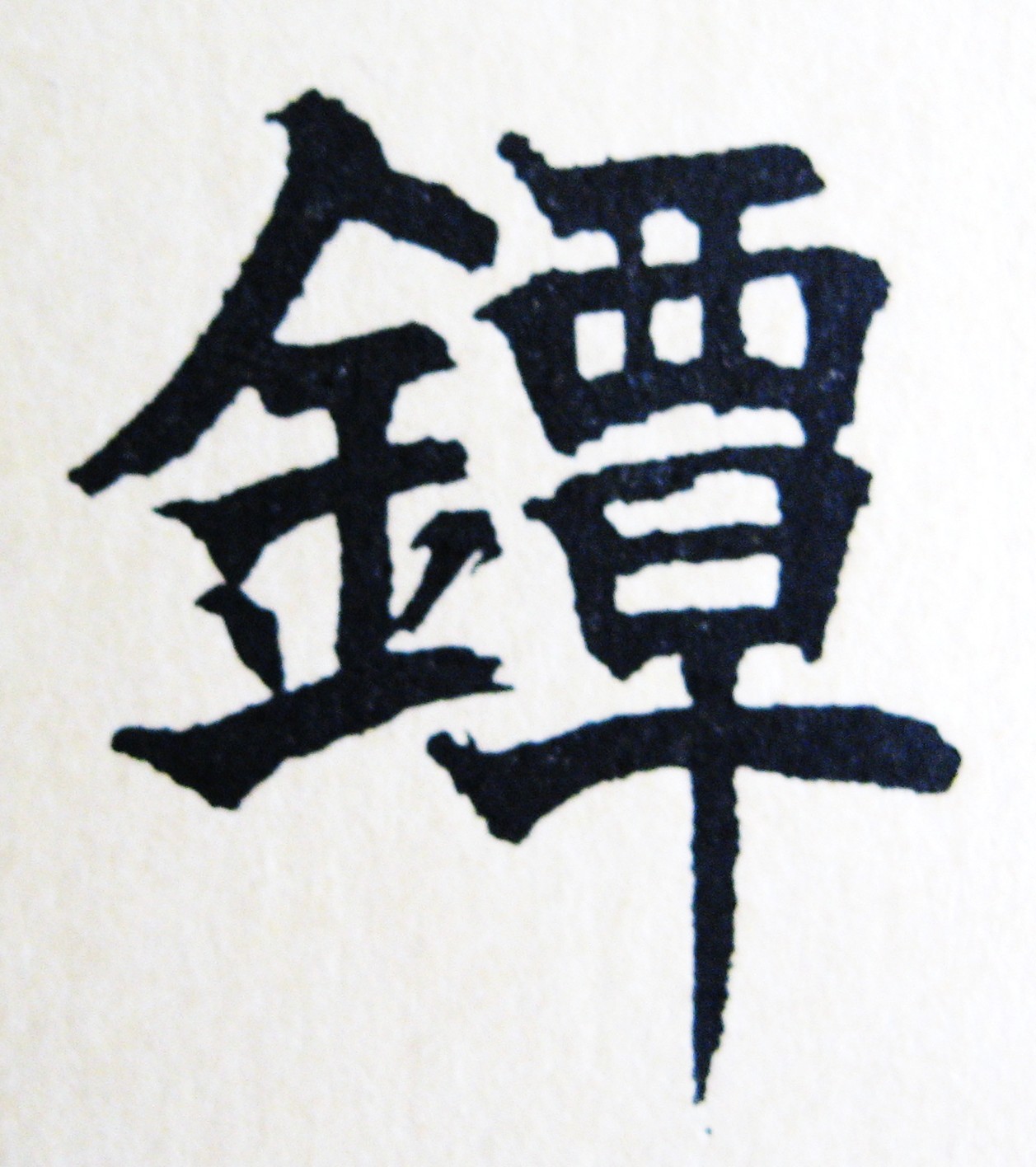|
Qing
|
 |
|
Qing
|
 |
| $1200.00 | |
|
An iron guard made in China, adapted later to Japanese use. This piece exhibits strong Sino-Tibetan influence. The gilded 'jewels' at twelve, three, six, and nine o'clock are a purely Tibetan design, and very rarely on occasion are intact with actual jewels. The roundels positioned in the design at compass-points NE, SE, SW and NW represent that they once held pieces of coral or turquoise. The number eight is very auspicious in Buddhist symbolism, and associated with good luck. The rims of early Qing guards are often doubled, as displayed here. They are divided by a series of radiate, pointed lotus-petals, carved in openwork or sometimes rounded. The exterior rim might be milled or beaded but in this case is plain. The direct, even rough character of the carving is part of its original aesthetic. It was not common for Chinese swords to be fitted with bye-knives. For this reason the presence of hitsu-ana would indicate a later modification. It is generally believed that guards like this were imported by the Portuguese or the Dutch. But it is far more likely that this piece made its way to Japan with Chinese merchants, following the reopening of maritime trade by the Qing Kangxi emperor in 1684. |
 |
|
8.60cm x 8.50cm x 0.45cm  |
 |
 |
 |
 |
 |
 |
 |
Purchase this Tsuba by Email to |
|
A Collaboration of Robert E. Haynes and Elliott D. Long |
|
|
| Return To Tsuba Collective Robert Haynes Articles -- Tutorial Email to Shibui Swords |